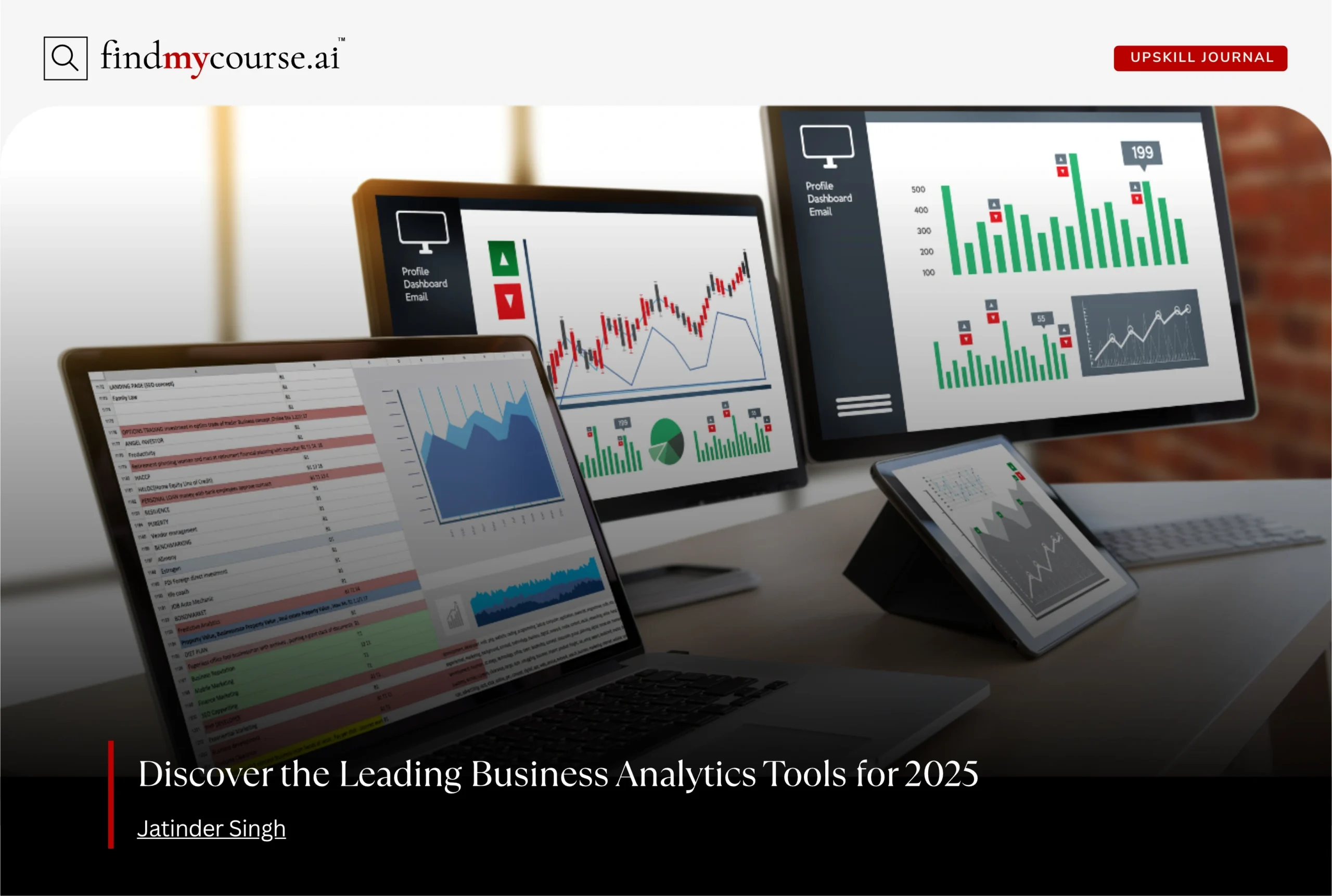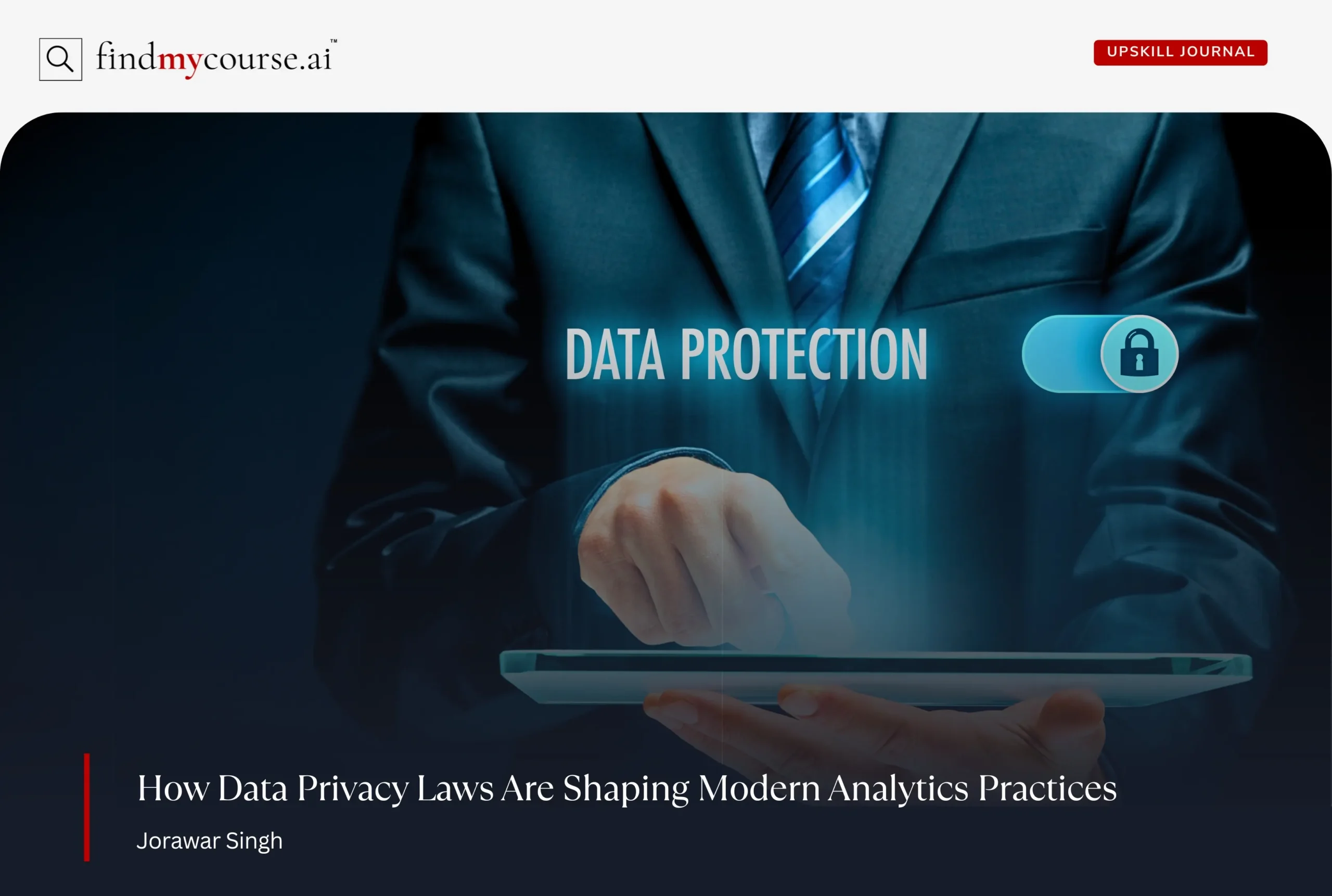In today’s fast-paced world, business analytics tools have become the backbone of smart decision-making for companies everywhere. As we step into 2025, the demand for professionals who can wield these powerful resources is greater than ever. Whether you’re a student hoping to study online or a seasoned analyst aiming to upskill, knowing which solutions to learn can set you apart in the job market. In this guide, we’ll walk you through the top tools to master, highlight what makes each one special, and show how they can help you turn data into clear business results.
Why Master Business Analytics Tools in 2025?
Today’s business world is more competitive and driven by data than ever before. As companies gather huge amounts of information, simply being curious isn’t enough—you need to know how to use the latest technology to make sense of it all. Moreover, employers want people with real, practical skills, not just textbook knowledge. So, learning how to use business analytics tools can help you grow your career, work more efficiently, and become a valuable part of any team.
The Top Business Analytics Tools Every Professional Should Learn
If you want to succeed in a data-driven career, mastering the right business analytics tools is a must. Here are the top platforms every professional should consider learning in 2025.
1. Microsoft Power BI: User-Friendly and Powerful
Power BI stands out in 2025 for blending ease of use with robust features. It enables you to design interactive dashboards, connect to a wide range of data sources, and create clear reports that drive decisions. Additionally, integration with Microsoft 365 and real-time collaboration capabilities make it a favorite for organizations of all sizes.
Key Advantages:
- Drag-and-drop dashboard creation
- Excellent data visualization
- Real-time data updates
2. Tableau: The Art of Data Visualization
When it comes to transforming complex data into easy-to-understand visual stories, Tableau remains unrivaled. Organizations worldwide trust this platform to make sense of data and drive business intelligence. In 2025, Tableau’s powerful integrations with AI and cloud technology make it even more versatile. Its active community and extensive learning resources also make it accessible for anyone wanting to master data visualization.
Highlights:
- Wide variety of charts and maps
- Supports big data and cloud platforms
- Advanced calculations and forecasts
3. SAS: The Statistical Powerhouse
SAS remains a leader for deep statistical analysis and predictive modeling. Its reliability makes it the top choice for healthcare, finance, and major enterprises. Furthermore, SAS continues to innovate with machine learning and AI features, keeping it relevant as data challenges evolve.
Standout Features:
- Advanced statistical and modeling tools
- Excellent data management
- Comprehensive support
4. Python: The Versatile All-Rounder
Python is far more than a programming language—it’s become an essential toolkit for analysts and data scientists alike. With libraries like Pandas, NumPy, and Scikit-learn, Python handles everything from data preparation to advanced AI. Because it’s open source, innovation happens quickly, and a supportive global community ensures you’ll always find help and new ideas.
What Makes Python Essential:
- Powerful for data manipulation and analysis
- Integrates easily with other platforms
- Huge library of online resources to help you study online
5. R: For the Love of Statistics
R is a favorite among statisticians and data researchers, thanks to its impressive depth in statistical modeling and visualization. While it may have a steeper learning curve than some tools, its flexibility and vast package ecosystem make it a must for serious data analysis.
R’s Strengths:
- Extensive statistical and modeling options
- Superior visualization and graphing
- Preferred by academics and research institutions
6. Google Looker Studio: Innovating in the Cloud
As cloud adoption grows, Google Looker Studio (formerly Google Data Studio) is gaining traction for its ability to connect multiple data sources and build interactive dashboards. Its user-friendly interface and integration with Google Cloud make it a natural choice for many organizations in 2025.
Why Choose Looker Studio:
- Real-time dashboard sharing
- Easy-to-use templates
- Seamless connection with Google services
7. Qlik Sense: Data Exploration Made Simple
Qlik Sense is built for discovery. Its associative data engine lets users explore data from multiple angles, revealing trends that traditional reporting might miss. Additionally, with responsive dashboards and strong mobile support, it’s perfect for organizations that value agility and exploration.
Top Benefits:
- Powerful data discovery engine
- Customizable, mobile-friendly dashboards
- Works both in the cloud and on-premises
8. IBM Cognos Analytics: Insights with AI
IBM Cognos Analytics takes business intelligence a step further with AI-driven recommendations, automated data preparation, and natural language querying. These features allow companies to move from raw information to insights faster than ever.
Why Cognos Analytics Stands Out:
- Built-in AI assistant
- Automated dashboard creation
- Enterprise-level security
9. SAP Analytics Cloud: Unified Planning and Analytics
SAP Analytics Cloud combines analytics, planning, and predictive tools on a single platform. For larger organizations, it centralizes data and streamlines workflows. Moreover, features like automated forecasting and scenario planning keep companies one step ahead.
Highlights:
- Unified analytics and planning
- Seamless SAP integration
- AI-powered smart insights
10. Alteryx: Automation for Everyone
Alteryx is all about making advanced analytics accessible. Its drag-and-drop workflow builder helps users automate complex data processes without coding, boosting efficiency and making analytics more democratic within organizations.
Key Features:
- No-code workflow automation
- Wide range of data connectors
- Strong online community
How to Choose the Right Business Analytics Tool for You
With so many options, picking the right platform can feel overwhelming. Here’s how to make the best choice for your needs:
- Define your goals: Do you need quick visualizations, automation, or deep statistical analysis?
- Assess data complexity: Choose simpler tools for basic dashboards or powerful programs like Python and SAS for complex data.
- Think about user experience: Pick a tool that matches your or your team’s technical comfort level.
- Consider integration: Make sure the tool works smoothly with your existing data systems.
- Weigh your budget: Factor in both up-front and ongoing costs.
- Check for support: Strong training resources and communities can make learning easier.
Thus, by evaluating these factors, you’ll find a solution that fits your needs and helps you deliver real, actionable insights.
Certification and Training Opportunities
- Many leading analytics platforms—such as Power BI, Tableau, and SAS—offer official certifications that are well-regarded by employers.
- You can easily study online with hands-on courses from sites like Coursera, Udemy, or LinkedIn Learning, plus access free tutorials directly from most tool providers.
- Active user communities and forums offer extra support, advice, and inspiration as you learn and prepare for certification.
Conclusion: The Future Belongs to the Skilled
There are more business analytics tools to choose from in 2025 than ever before. Learning the ones that fit your needs—like Power BI for easy dashboards, Python for flexibility, or Alteryx for simple automation—can open up many new paths. Now is a good time to build your skills and grow in the world of data. If you need help picking a tool or getting started, just ask our AI assistant—we’re always here to help.


